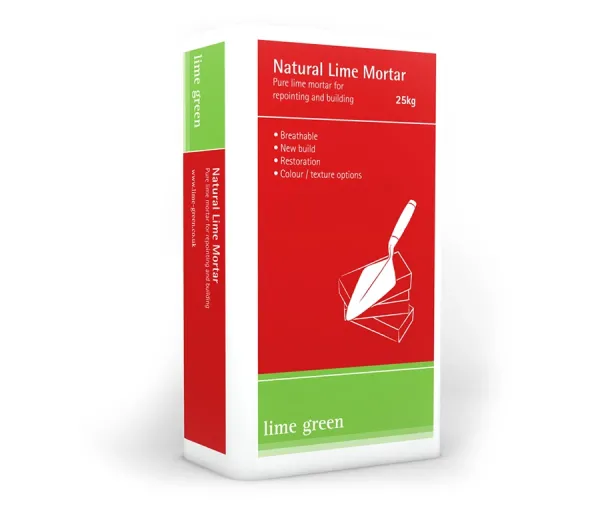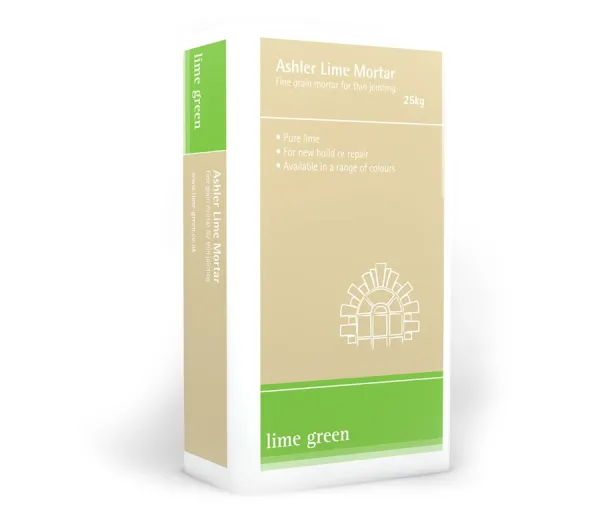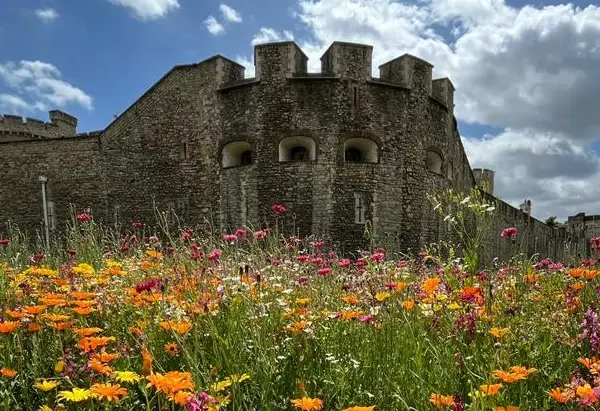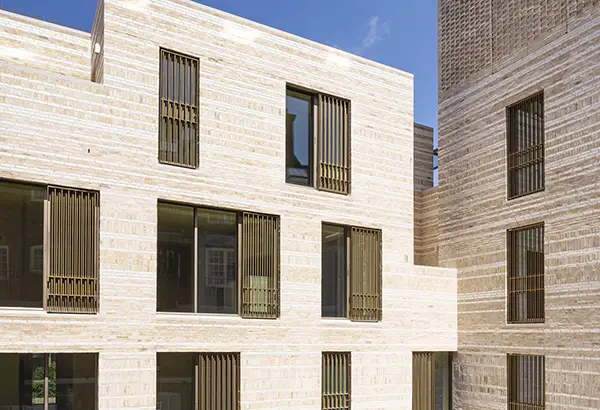Case Studies
Project: The Bomber Command Memorial Restoration Project
The Project: The Bomber Command Memorial
Britain's Bomber Command played a significant role in the Allied victory of the Second World War, a contribution not recognised with a national memorial until June 2012. Then, in London's Green Park, the Queen unveiled The Bomber Command Memorial, in commemoration of the 55,573 who gave their lives during the 1939-1945 conflict.
The Requirement
To echo the distinctive white-grey limestone appearance of London's major public buildings such as St Paul's Cathedral, Buckingham Palace and the Cenotaph in Whitehall, Portland Stone was chosen as the predominant material for The Bomber Command Memorial. It is also the same stone that the Armed Forces Memorial at Alrewas in Staffordshire is made from.
Given its historic significance, the memorial has to be robust enough to stand the test of time, and remain in great condition, despite all that a busy London can throw at it.
The Problem
- Portland Stone is much softer than concrete and modern-day bricks, so it requires a high-quality lime render that will have not only durability and a good surface finish, but also the flexibility and porosity to ensure that it does not crack or shrink. To have used strong, rigid-setting Portland cement (which has nothing to do with the Isle of Portland where Portland Stone comes from), could have proven potentially disastrous.
- The lime mortar used would need to be an exceptional colour match to the stone blocks for the monument to have the appearance of a one-piece unit.
- The lime mortar would also have to meet the demands of structural engineers who required both strength and speed of setting to meet their deadlines.
- The site where the memorial was being built was both short on space and logistically difficult to service, being right in the heart of London where deliveries at peak times are restricted.
- Some of the joints in the Portland stone blocks were very fine and would need a correspondingly fine lime mortar to look their best.
- Portland stone columns used in the structure would be difficult to bed down solidly on mortar alone.
The Solution
Given Lime Green's previous expertise and experience working on major developments in London, the mortar consultants on the project stipulated us as the preferred supplier. For The Bomber Command Memorial, we supplied three different products in all:
- Several hundred tonnes of standard lime mortar, 'tweaked' to become Bomber Command Mortar Number 1 and used for all Portland stone brickwork areas.
- A very specific ashlar mortar, which with its very fine texture could be used in the thin joints of the beautifully carved Portland stone blocks.
- Grout that was poured into the columns to provide structural strength, rather than trying to keep heavy stone blocks balanced on soft beds of lime mortar.

The Benefits
- By carefully testing and mixing lime mortars we were able to achieve the exact colour match necessary to ensure there are no tell-tale lines breaking up the Portland stone blockwork.
- Since lime is able to accommodate movement, it will flex as required, so there won't be any unsightly cracking of mortar.
- The quality of our lime mortar means that the memorial will stay looking good over a very long time.
- Given that delivery was often time-critical, materials were delivered in 25 kg bags or one tonne bulk bags. This meant quick offloading onto a tight site, enabling trades to keep working to meet their tight deadlines.
Since being unveiled by the Queen, The Bomber Command Memorial has become a major tourist attraction and a moving experience for many who visit it.

Materials used in this project

Natural Lime Mortar



